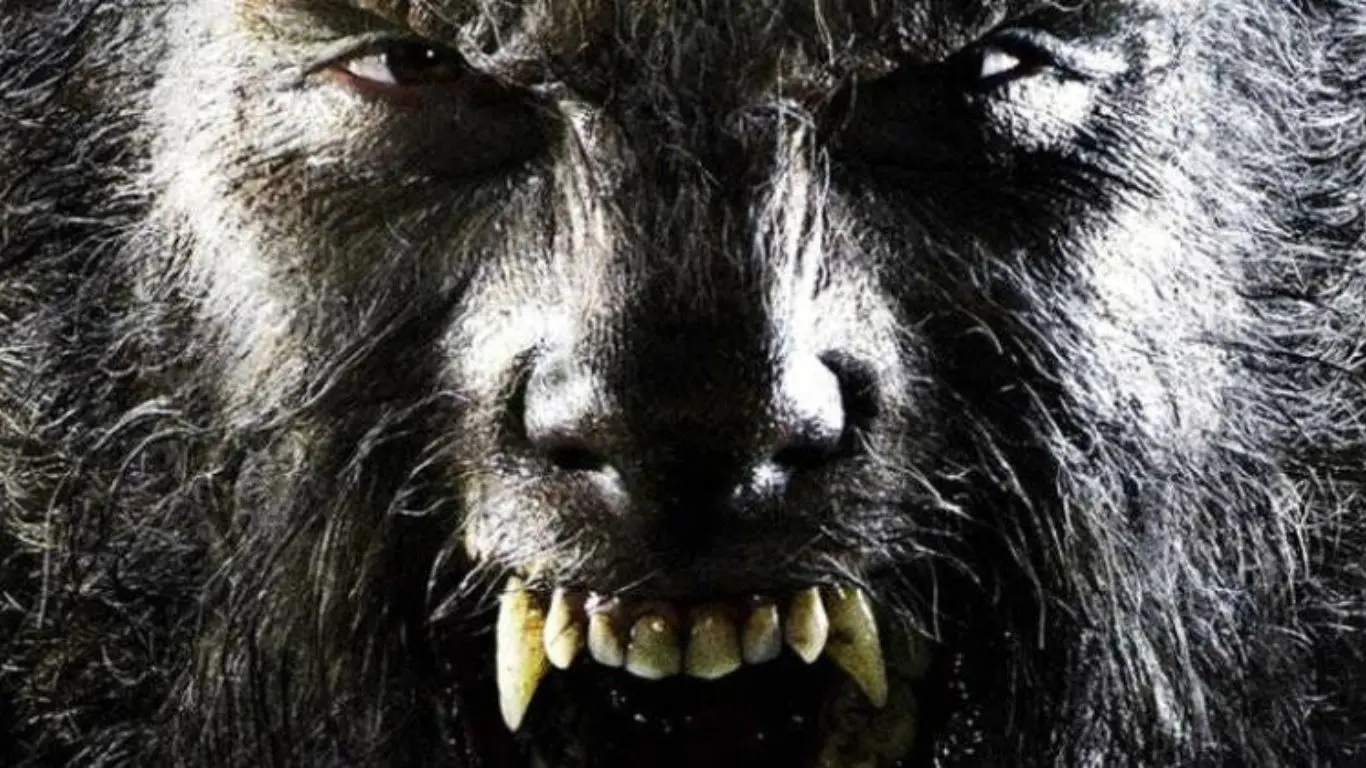The allure of the moonlit night, the haunting howl echoing in the wilderness, and the silhouette of a creature neither man nor wolf — the mystique of werewolves has been woven into the fabric of cultures across the globe. Wolves and werewolves have been a significant part of folklore and mythology for centuries. In the realm of the mysterious and supernatural, their tales stand out for their global presence and enduring nature. This blog, titled “Wolves and Werewolves: Origin Stories and Mythology,” seeks to uncover the deep-rooted origins and tales of these fascinating creatures.
The Wolf: Revered and Feared, Spirit of the Wild

Wolves have been both revered and feared in various cultures. In ancient Rome, the she-wolf that nursed the city’s founders, Romulus and Remus, is a symbol of Rome’s origins. Native American tribes like the Pawnee viewed the wolf as a totemic animal, a symbol of courage and hunting prowess. In ancient Egypt, the wolf god Wepwawet was revered as a scout, going before the armies and guiding them on their campaigns. Among the Mongols, legend holds that they are descended from a blue wolf.
However, the relationship between humans and wolves hasn’t always been positive. In European folklore, the wolf was often portrayed as a threat, a creature that snatched away errant children or livestock. Christian Europe’s medieval stories often cast the wolf in a more demonic role, where they symbolized greed and destruction. Such duality in portrayal – respect and reverence on one hand and fear and loathing on the other – has been a recurring theme.
Emergence of the Werewolf

The concept of humans turning into animals isn’t unique to werewolves. Yet, the werewolf mythos stands out. Europe is where much of the werewolf lore we’re familiar with today originated. Ancient Greek writers wrote of lycanthropy. Herodotus, the historian, mentioned a tribe who transformed into wolves for several days annually.
The term “werewolf” or “lycanthrope” originates from Old English ‘wer’ (or ‘were’) meaning “man” and Greek ‘lukos’ meaning “wolf.” This linguistic blend is a direct reflection of the creature’s dual nature.
In Norse mythology, the Saga of the Volsungs tells the tale of a father and son who discover wolf pelts that have the power to turn anyone into a wolf for ten days. This theme of transformation due to a cursed item is recurrent in many werewolf tales.
In Greek mythology, Lycaon, the king of Arcadia, was turned into a wolf by Zeus as a punishment for serving him the flesh of Lycaon’s own son. This ancient tale might be among the earliest accounts of man-to-wolf transformation.
Werewolves of Medieval Europe
In medieval Europe, the werewolf became synonymous with danger. Tales spread of men turning into wolves during the full moon, driven by a bloodlust. The process of transformation was often painful and depicted as a curse. The Middle Ages brought a darker turn to the werewolf myth. In this era, werewolves were often linked with witchcraft. People believed that werewolves were either cursed by witches or were witches themselves.
During the witch trials, many were accused of being werewolves, suffering the same grim fate as those accused of witchcraft. One famous French story involves a peasant named Gilles Garnier, known as “The Werewolf of Dole,” who was convicted of being a werewolf after a series of child murders in the 16th century.
The Science of Lycanthropy

Lycanthropy, from the Greek words “lykos” (wolf) and “anthropos” (man), describes the transformation of a person into a wolf, a concept deeply embedded in folklore. Scientifically, there’s no substantiation for such metamorphoses. However, conditions like hypertrichosis, which causes excessive hair growth, or porphyria, leading to sunlight sensitivity, might have historically contributed to the myths. Additionally, rare psychiatric syndromes could make individuals believe and even behave as if they’re turning into wolves.
While the mythological aspect often reflects human primal instincts and duality, science suggests these tales may be rooted in misinterpretations of medical conditions. In a nutshell, the age-old werewolf legends intertwine with misunderstood medical phenomena, demonstrating the interplay of myth and science.
The Underlying Psychology
At its core, the werewolf myth could be interpreted as an exploration of mankind’s primal nature. In the context of werewolves, this duality is physically manifested through the transformation from man to beast. Beyond the skin-deep terror of werewolf stories lies a profound exploration of the human psyche. The werewolf’s duality can be seen as an allegory for our own internal struggles—between civility and primal instincts. This transformation, especially in more contemporary tales, has also been likened to the challenges of adolescence and the path to self-discovery.
Modern Interpretations and Pop Culture

As science and reason took the foreground, werewolves transitioned from feared creatures of the night to figures of fascination. The modern era saw a shift from viewing werewolves as merely monstrous to portraying them with more depth and complexity. They became metaphors for our internal struggles, especially in teen-focused narratives where the transformation could symbolize the tumultuous path to adulthood.
Literature, films, and TV series have romanticized and molded the werewolf lore, adapting it to suit contemporary tastes. From the tragic figure of Larry Talbot in the 1941 film “The Wolf Man” to the love-struck Jacob Black in the “Twilight” series, the werewolf has undergone significant transformation in pop culture. Series like “The Originals” or movies like “Underworld” showcase the ongoing battle between vampires and werewolves, symbolizing deeper societal or personal conflicts.
Also Read: Legends of the Samurai | Historical and Mythical Origins





